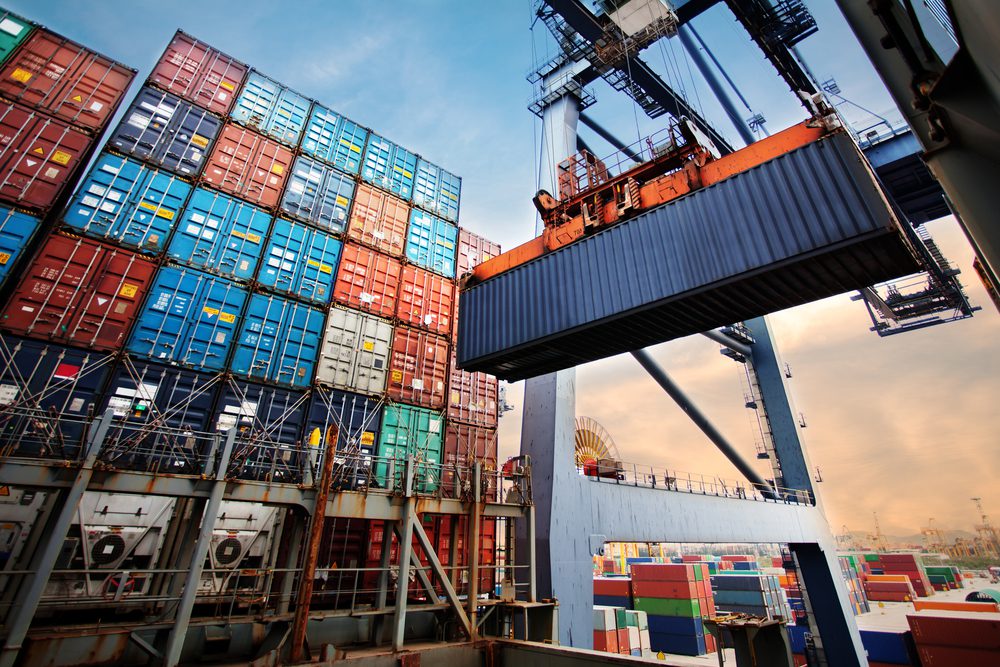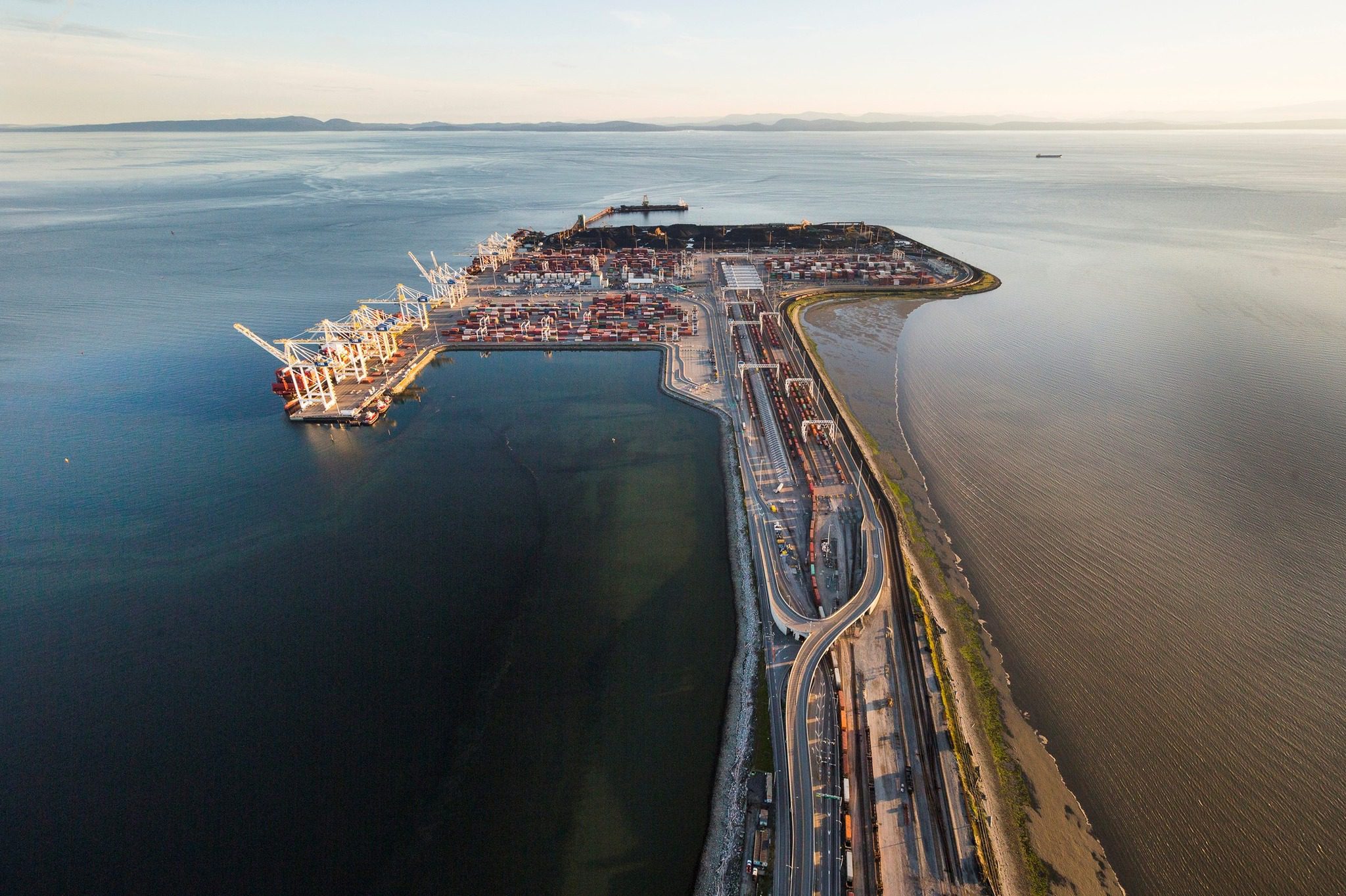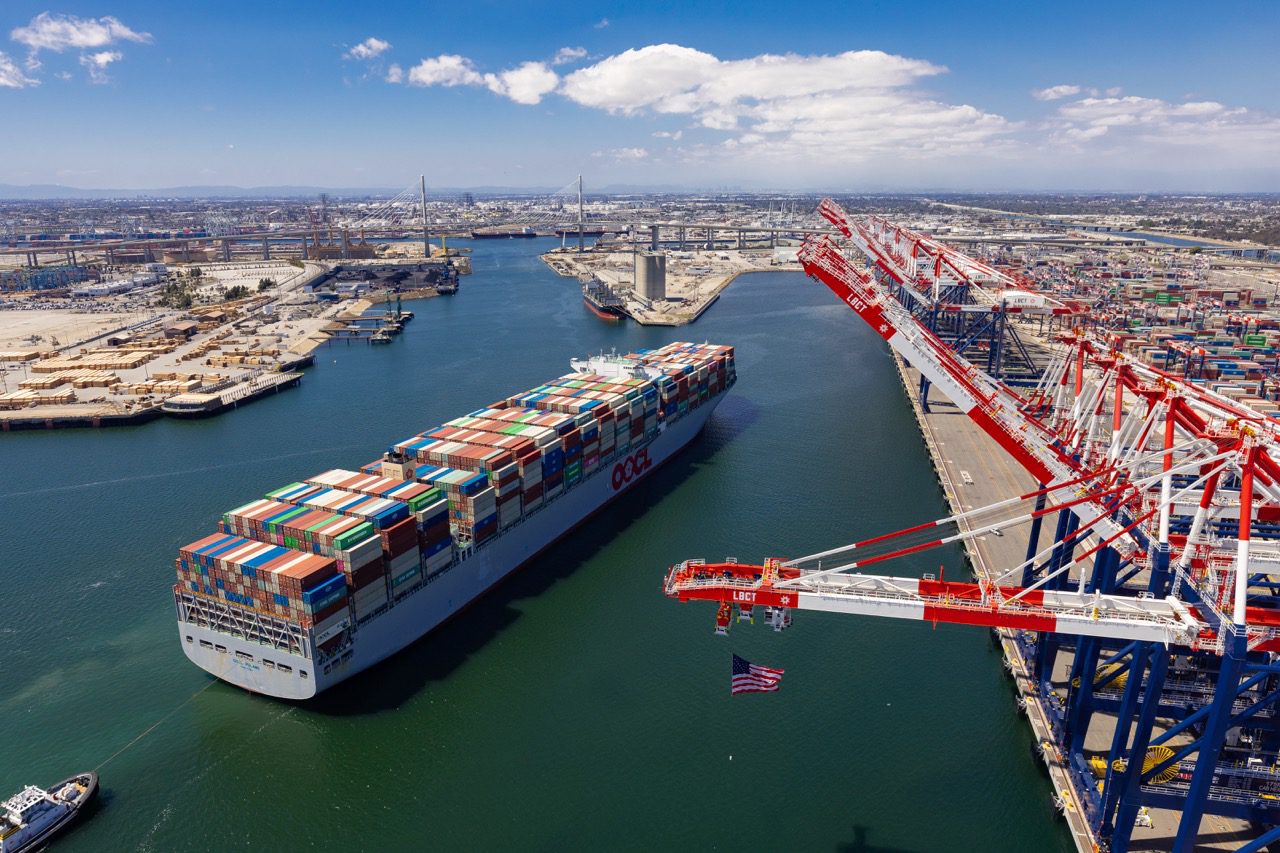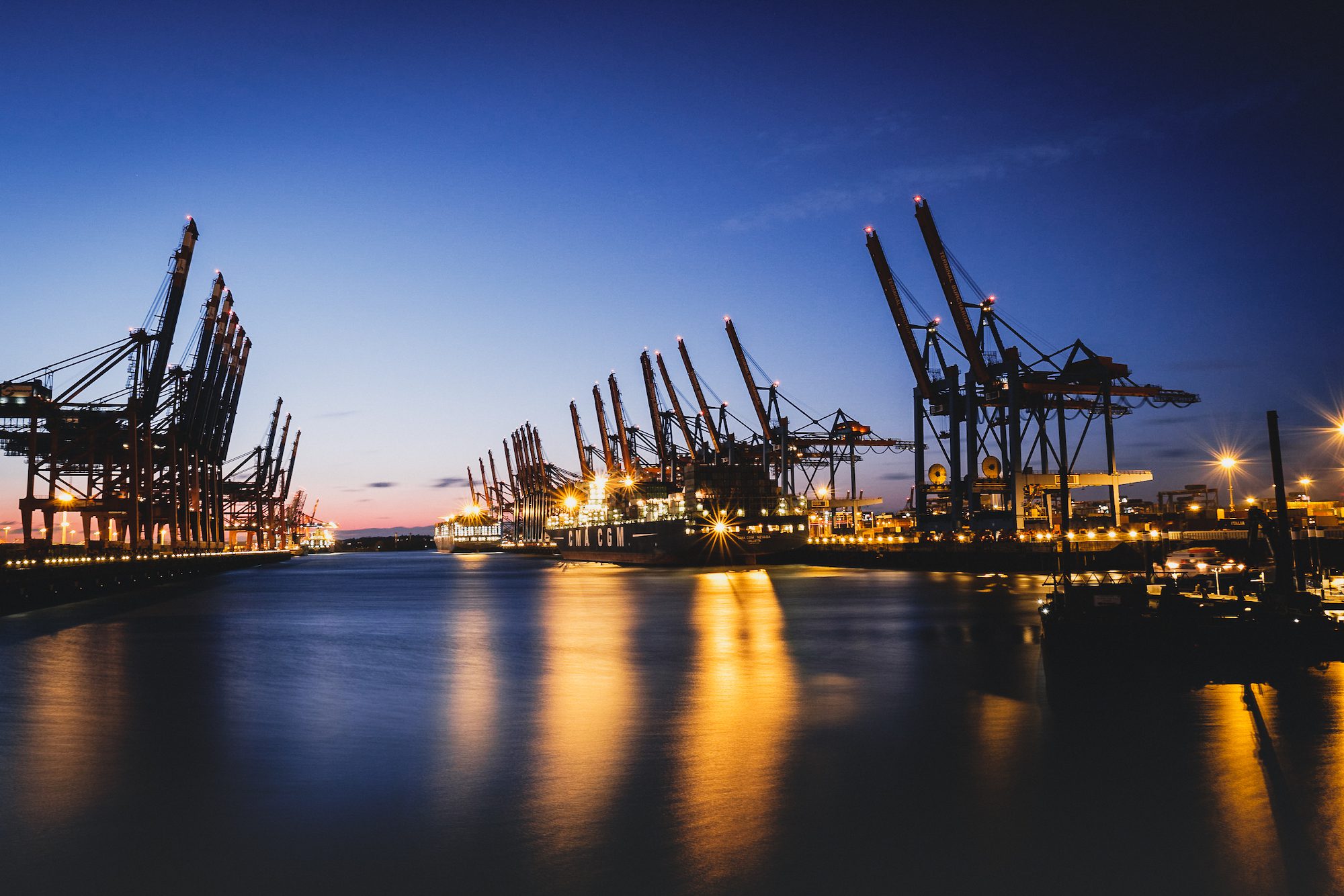Photo: MOLPIX / Shutterstock
By Albert A. Melvin (Opinion) – The deployment of 18,000+ Ultra Large Container Vessels in the Trans-Pacific trade would substantially decrease the operating costs of shippers, consignees and ship owners.
There is a proposed port in Sonora, Mexico that has the potential of being the first purpose-built port in North America capable of handling, on a steady basis, the largest container ships in the world, which are 18,000 to 23,000 TEU (Twenty-foot Equivalent Unit). 18,000 TEU is the equivalent of 9,000 forty foot 18 wheeler trailers. At present, there are 72 of these vessels in service, all operating in the Far East/ Europe trade. Forty-two additional vessels of this size are now on order. They are too large for the Ports of Los Angeles, Long Beach or any Pacific Coast port to handle on a steady basis because the number of containers would overwhelm their existing shoreside infrastructure.
The M/V Benjamin Franklin, owned by CMA CGM and with a capacity of 18,000 TEU, called the Port of Los Angeles once in late Dec 2015. In Feb 2016 this ship called the Port of Long Beach and then the Port of Seattle. The largest container ships now in the trans-Pacific trade are 14,000 TEU. Due to the tremendous economies of scale, an 18,000 TEU ship has 50% lower operating costs and 50% lower CO2 emissions versus a 14,000 TEU ship. Shipping stakeholders should be interested in this proposed container port because it can make the Trans-Pacific container trade more cost-effective than it is now.
This proposed container port in Sonora, Mexico takes advantage of the naturally deep water in the Sea of Cortez and is not located near a major metropolitan area. The Sea of Cortez is two miles deep at its mouth, 700 miles long and much of its width is over 80 miles across. Vessel operations would be an on-dock rail layout with ship to train and train to ship container moves with no trucks involved. All of this is in contrast to the existing container ports on the U.S. West Coast which are located in major cities and susceptible to heavy truck congestion. All rail operations would be on double tracks with Double Stack Trains (DST’s). The Mexican national railroad, Ferromex, is 25% owned by the Union Pacific railroad. Double Stack Trains would cross the border at Nogales, Arizona without stopping due to U.S.Customs clearance having taken place at the new container port. DST’s would operate at speeds above 40 mph throughout the transit from the port to the U.S.A. SCT (Secretariat of Communication and Transportation) of the Mexican Federal Government has been briefed about this new port possibility. SCT would conduct an international request for proposals if the port were to be built on existing government land, which is one of five possible port locations. All five locations are south of Tiburon Island. The other four locations are privately owned. All of these possible port locations are approximately 275 miles south of Nogales, Arizona. The new port is designed to serve the northwest part of Mexico and all of the United States. The most sophisticated container port in Mexico today is Lazaro Cardenas which is relatively near the Mexico City market and is served by the Mexican subsidiary of the Kansas City Southern Railroad. Lazaro Cardenas is 1100 miles south of the Sonoran coast.
The cost to build this proposed container port in Sonora, Mexico would be approximately $2 billion. Rail improvements, including double tracking to Nogales and tunneling around the city of Nogales, Mexico would be an additional $2 billion. The bankable pre-feasibility study would cost $1.5 million. A major American engineering firm has already conducted a multi-year preliminary study regarding this overall port and rail project. This port would be similar to but much larger than Delta Port near Vancouver, B.C. Like Delta Port, it would be an economic engine generating significant employment and tax revenue. One option would be to build the port as a Public-Private Partnership. With this possibility, the government could assist in the area of permits. Funding could come from a consortium of lines operating Ultra Large Container Vessels. The Peoples Republic of China (PRC) may be interested in making this investment because this port could also be used to export coal, LNG, and oil from the USA to China, Japan, and Korea, thus avoiding the heavy expense, possible delays and extra steaming time in transiting the Panama Canal.
Beneficial cargo owners in the Far East/ Europe trade have truly benefitted from the economies of scale of 18,000+ TEU container vessels for many years. The key to these cost savings being extended to the trans-Pacific trade is a purpose-built port to handle these vessels on a steady state around the clock basis. One possibility would be to deploy these cost-saving vessels between Shanghai and the port in Sonora, Mexico. Many shipping experts expect the size of container vessels to grow substantially over the next 30 years. Harry Valentine wrote an article titled New Sailing Routes for Future Container Mega-Ships which appeared Nov 13, 2017, in www.maritime-executive.com. In this article, he projected the following increased container vessel capacities:
- 28,000 TEU by 2027 requiring a depth of water of 59 feet (18 m).
- 35,000 TEU by 2050 requiring a depth of water of 62.3 feet (19 m).
- 50,000 TEU by 2070 requiring a depth of water of 80.7 feet (24.6m).
Because of the depth of water in the Sea of Cortez, this proposed new container port in Sonora, Mexico would be the only port in North America capable of handling these Mega Container Vessels.
Mr. Albert A. Melvin holds a USCG issued unlimited tonnage Master license. He is a Captain, USNR (Ret) and a retired Arizona State Senator (2009-2015). He also owns Ameri-Qic LLC. He can be reached with any questions regarding this subject.

 Join The Club
Join The Club











